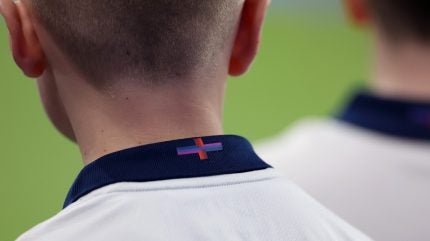
For many fans, the latest national team shirt is a must-wear as they cheer on their teams’ efforts at the latest attempt at glory on the international stage. There has, however, been a wave of controversy around the latest releases and related news around the kit supplier market that has ultimately been seen as a hit or attack on national pride.
The biggest news stories relate to US brand NIKE, which altered the color of the St. George’s flag on the new England shirt and agreed terms to become the German kit supplier from 2027, much to the bemusement of national team fans and politicians alike.
The most shocking story was the breakdown of the relationship between adidas and the German Football Association (DFB). In the modern sports market, adidas and Nike are the two major standout brands.
As such, they are each other’s biggest rivals globally as the only brands able to regularly spend the highest sums for the biggest sports rights. As a German brand, however, it seemed almost incomprehensible that its biggest rival could usurp the national soccer team contract.
The Germany-adidas relationship began in 1954 and has a rich history of success, with German players wearing German branded kit, heightening the sense of national pride. No other country competing at this summer’s European Championships comes close to matching the history and longevity of this partnership. Austria and Puma come closest with a partnership dating back to 1977 but the tournament average from across the 24 teams is 2005.
See Also:
Nike saw an opportunity in the market and struck a deal in what must have been seen as impossible up until now. Adidas entered 2024 on the back of a disappointing previous 12 months, incurring an operating loss of $106 million.
How well do you really know your competitors?
Access the most comprehensive Company Profiles on the market, powered by GlobalData. Save hours of research. Gain competitive edge.

Thank you!
Your download email will arrive shortly
Not ready to buy yet? Download a free sample
We are confident about the unique quality of our Company Profiles. However, we want you to make the most beneficial decision for your business, so we offer a free sample that you can download by submitting the below form
By GlobalDataThis was attributed to its decision at the start of 2023 to cut ties with Kanye West and the collaborative Yeezy brand following antisemitic comments made. For the DFB, when discussing new contract options post-2026, it meant Nike was able to submit the biggest offer by some distance.
Adidas was not expecting to lose its big national team contract and perhaps took this for granted when trying to balance last year’s losses. Nike’s reported €100 million ($109 million) bid was ultimately enough to tempt the DFB away from its history. Only Erima in the 1980’s has seen its logo on the German team shirts since 1954, as a subsidiary brand of adidas.
The deal for Nike is a huge one up on its biggest rivals and heightens its position in the German market. The US sportswear giant serves as the most prominent brand in the domestic top-flight club market this season too, with four active deals, double that of its biggest rival.
Adidas has the third-highest number of deals in the Bundesliga this season, also behind Puma. The only consolation for adidas, remains its retention of the Bayern Munich contract (until 2030), comfortably the biggest and most lucrative club deal in the German market.
Though the deal with the DFB does not come into effect until 2027, Nike reaffirms its position as the biggest in the market. At this summer’s European Championships, the brand logo will be visible on over a third of all team shirts.
Nike boasts nine competing national team contracts this summer, compared to six for adidas and four for Puma. The annual value of these deals collectively puts Nike’s spend this summer at $132 million.
The internal positivity around Nike this summer has been dented, however, following the reaction of English fans to its new 2024 shirts. Though the new kits have generated some praise for their overall design and appearance, there have been some major issues.
The biggest of these surrounds the brand’s decision to turn the St. George’s cross on the back of the shirt from a solitary red color to multi-color, much to the dismay of many English supporters.
British Prime Minister, Rishi Sunak, himself has even waded in on the discussion, claiming that the St. George’s flag should not be ‘messed with’. The flag is the thing that unites the nation, enabling fans to put aside domestic club rivalries for the sake of the national team.
Despite the negative comments and publicity, Nike and the FA have stated that there are no plans to recall the shirts. In this instance, Nike has struggled to find the balance between innovation and tradition, with new soccer kits always highly anticipated and brands keen to stand out and ultimately encourage sales.
It is not the biggest change made by the creative team at Nike and will not drastically change the kit sales in the market. The reality is that the kit looks one of the best in decades and arrives in shops ahead of realistic expectations amongst fans that the squad could do well.
Should England ultimately go on to win in Germany this summer, expect the moral and national reservations held by many fans to disappear as they rush to the shops to buy the shirt that England won its first European Championships trophy in.
Perhaps the more pressing issue for English soccer fans should relate to the cost of these shirts. The home and away kits are being sold by retailers at £84.99 ($107) and £124.99 ($158) respectively, depending on what edition of the shirt you want.
The cost to younger fans is even more outrageous, at £64.99 ($82) and £114.99 ($145) each. The release of these shirts makes them the most expensive in the country, ahead of all other club shirts this season. Suppliers understand the passion of national team soccer and are looking to milk it.
Production and distribution costs are only a fraction of this price, but it understands the demand and the potential millions of fans it could reach. Nike is not alone in this ludicrous pricing structure as it has become an industry standard.
As an example, Northern Ireland (adidas) and the Republic of Ireland (Castore) are both selling their latest 2024 shirts at £75 ($95), despite both teams failing to qualify for the prized continental competition this summer.
The general price of soccer shirts has continued to rise in recent years and brands/retailers are capitalizing on their position of strength with little consideration for the fans themselves.



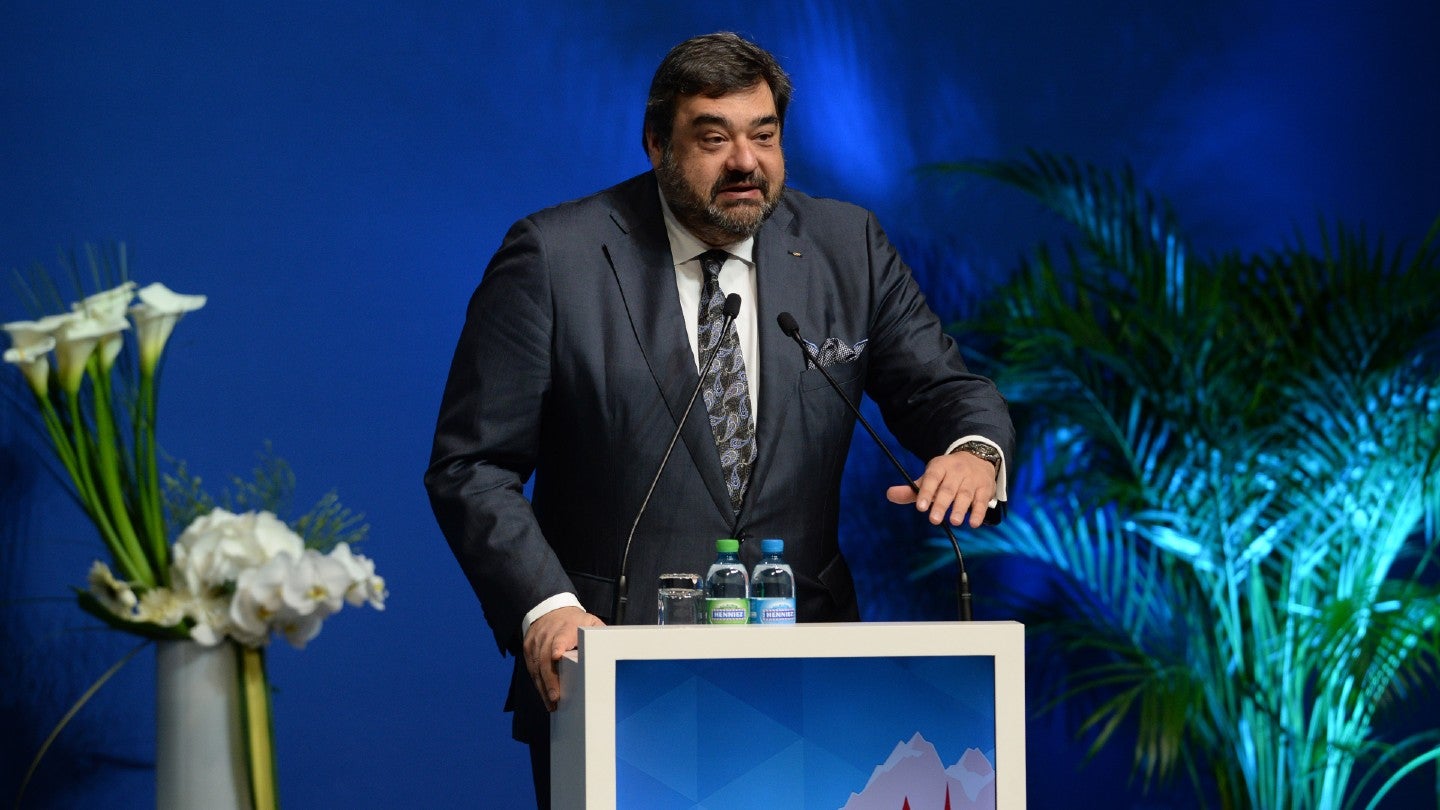
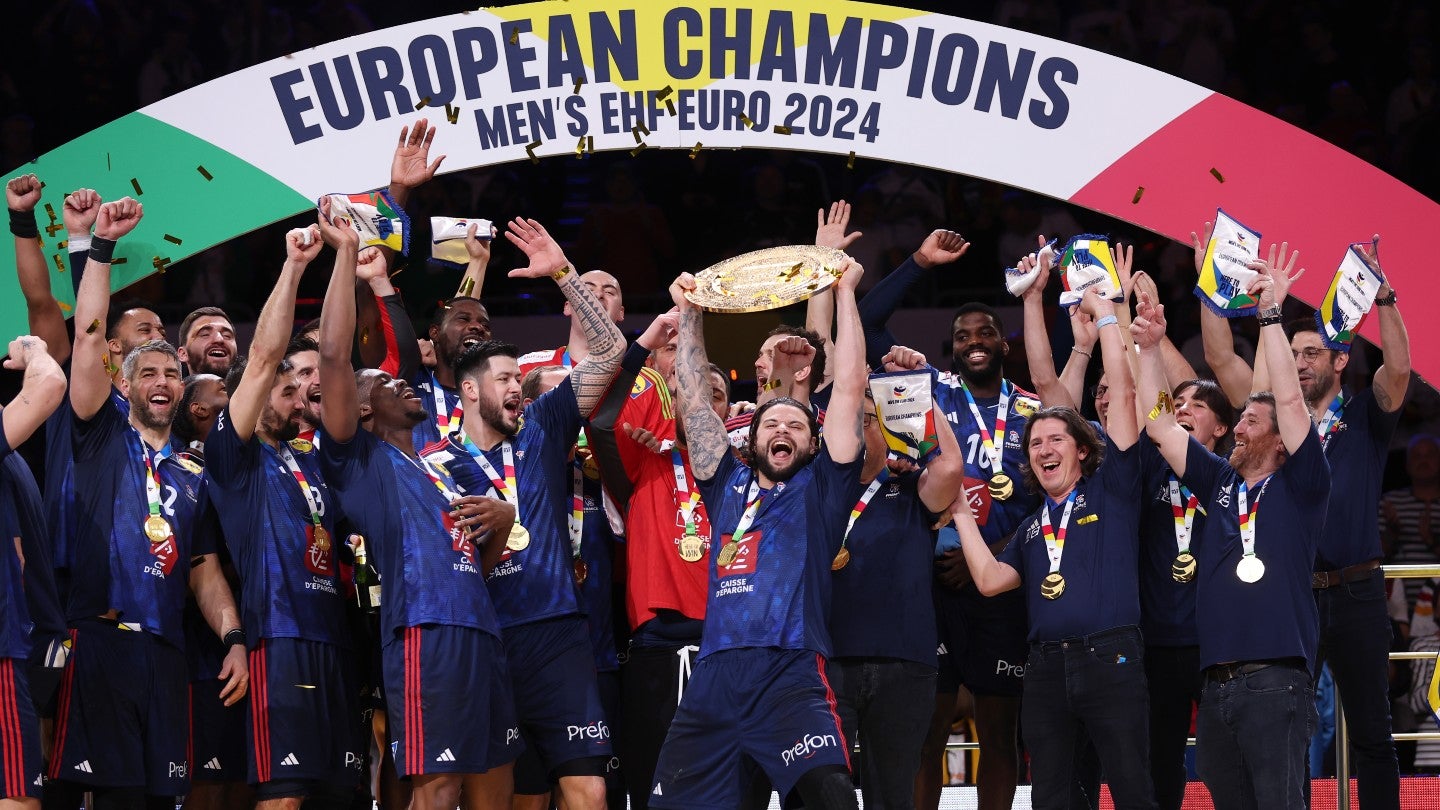
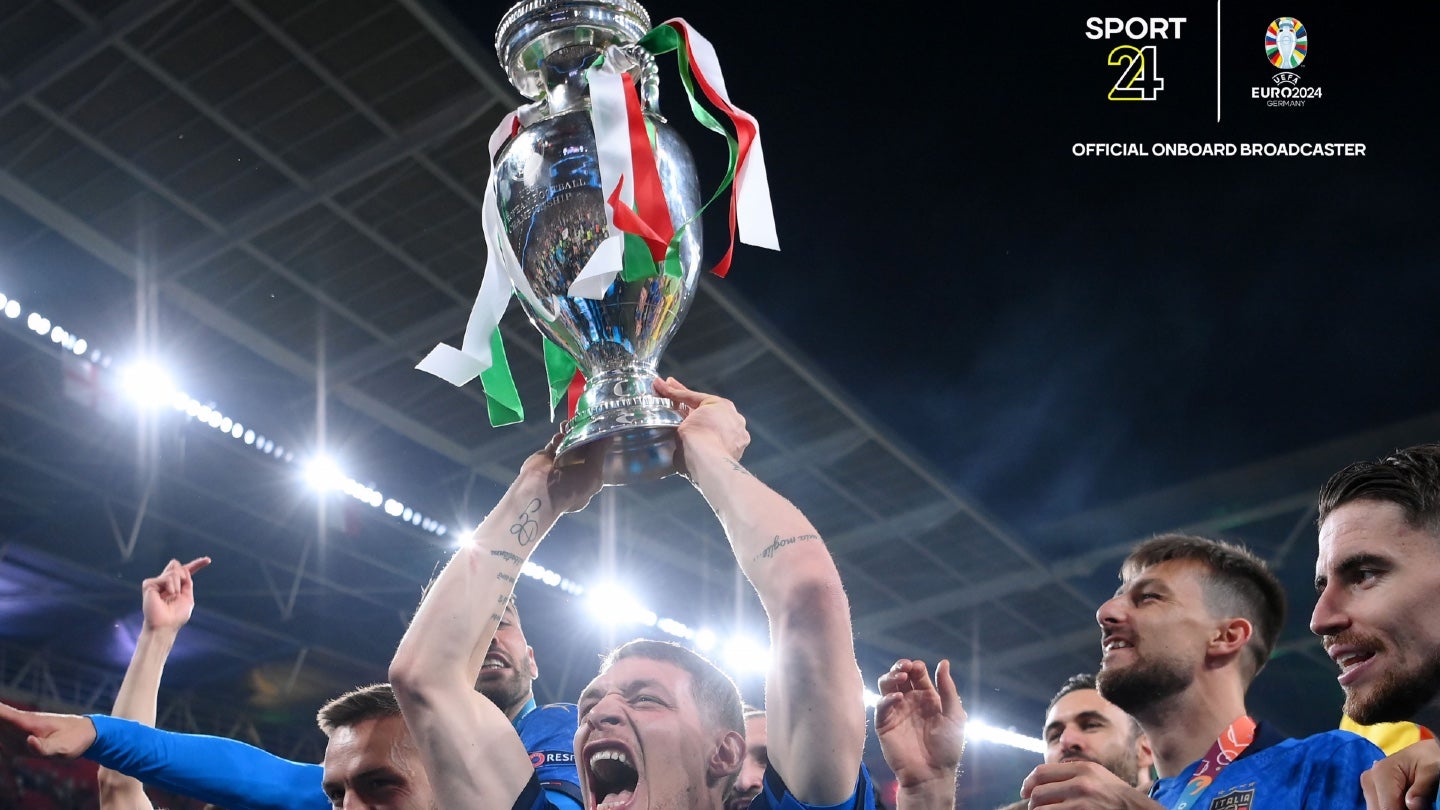
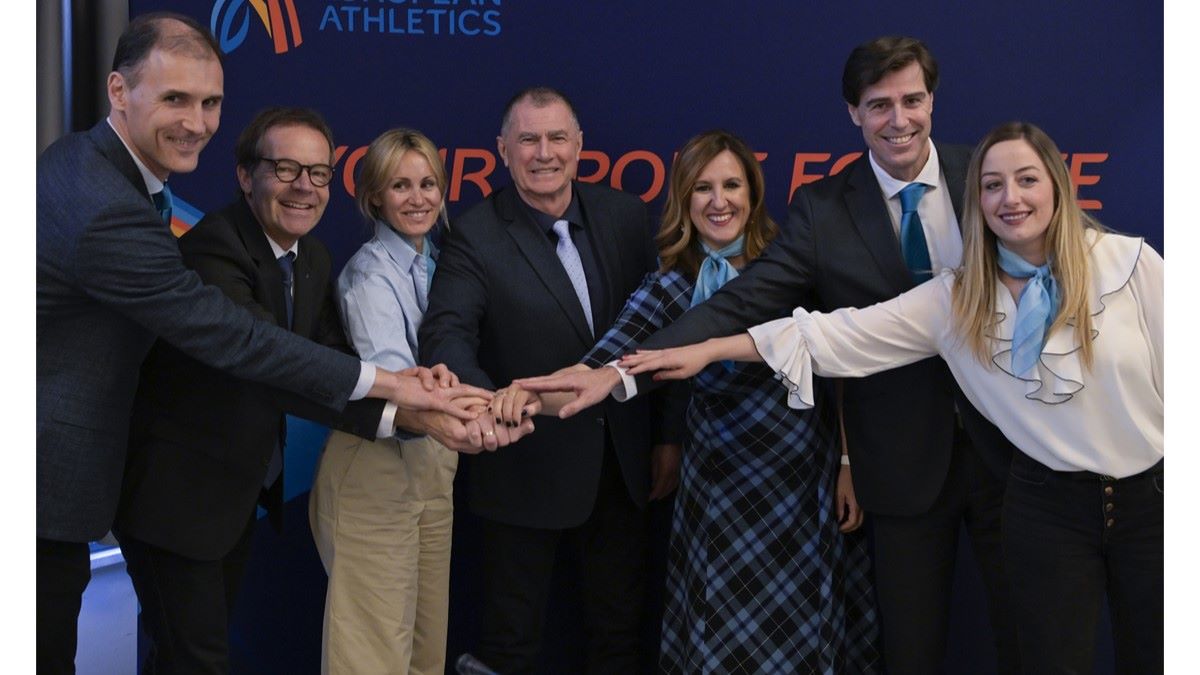

Related Company Profiles
NIKE Inc
adidas AG
Puma SE